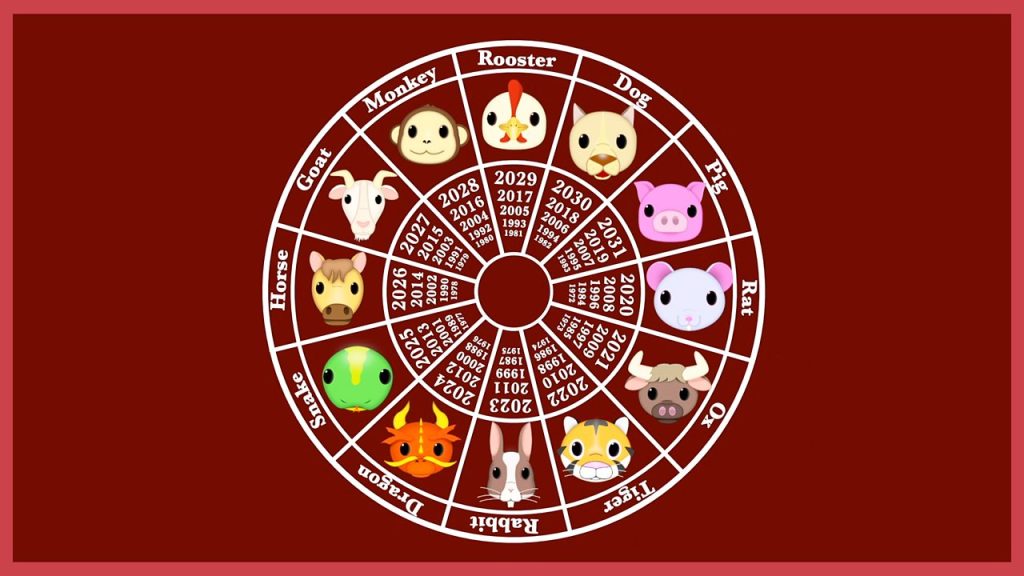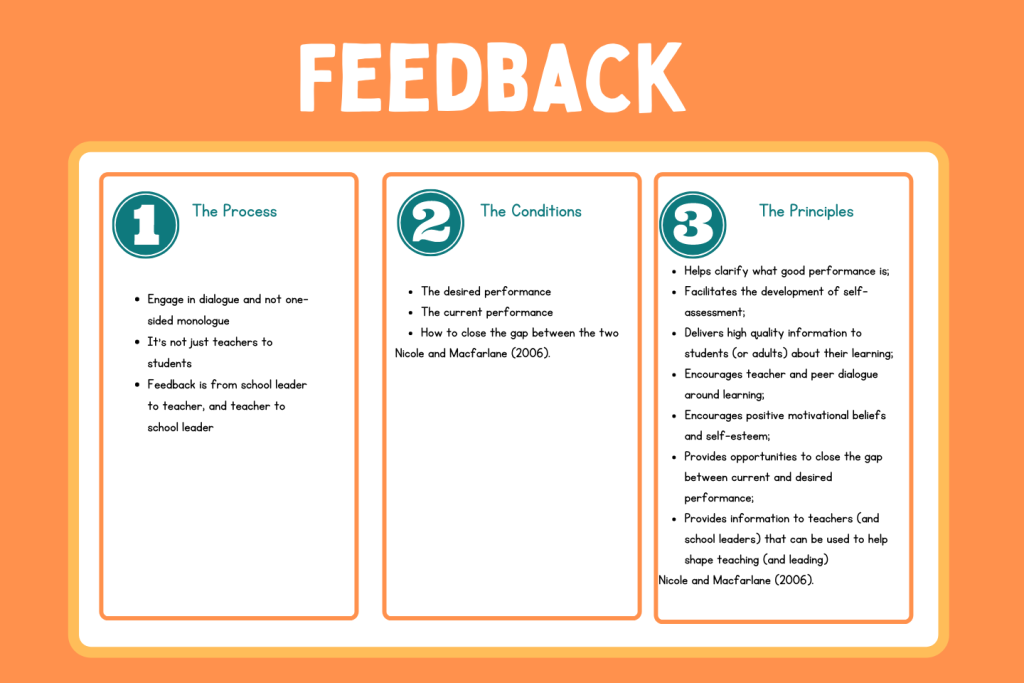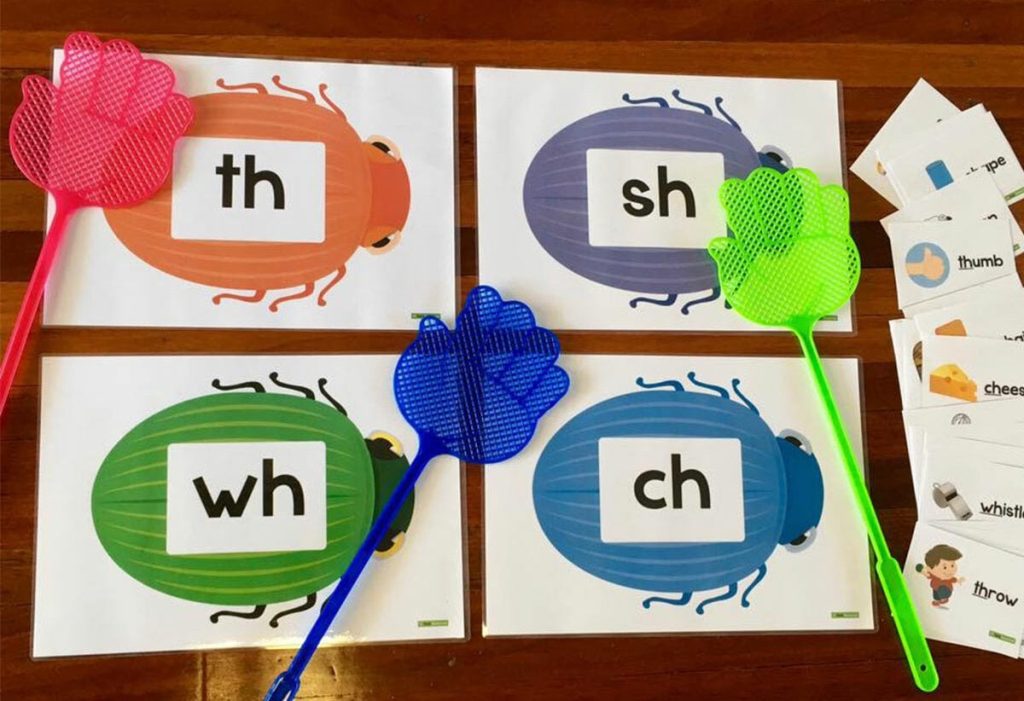Student concentration is a critical factor in educational success, and improving it can lead to better learning outcomes. Here are twelve ways that have been proven effective in enhancing student concentration:
1. Organized Study Space: Clutter-free and organized study areas help minimize distractions, enabling students to focus better on their tasks.
2. Scheduled Breaks: Following the Pomodoro Technique or similar methods, where short breaks are taken after focused study sessions, can increase overall concentration levels.
3. Goal Setting: By setting clear, achievable goals for each study session, students can stay motivated and concentrated on the task at hand.
4. Nutrition: A well-balanced diet that includes brain-boosting nutrients like omega-3 fatty acids can enhance cognitive function and concentration.
5. Mindfulness and Meditation: Regular practice of mindfulness exercises and meditation can improve focus, attention span, and emotional regulation, contributing to better concentration.
6. Regular Physical Activity: Exercise increases blood flow to the brain and reduces stress, both of which are essential for maintaining high levels of concentration.
7. Adequate Sleep: A regular sleep schedule with sufficient hours of quality sleep is crucial for cognitive functions including concentration.
8. Management of Distractions: Identifying potential distractions before they occur and creating strategies to manage or eliminate them helps maintain a concentrated state of mind.
9. Active Learning Techniques: Engaging with the material through discussion, teaching others, or applying it in practical ways can deepen focus and understanding.
10. Use of Study Aids: Tools such as flashcards, diagrams, or educational software can help maintain engagement and concentration on the study material.
11. Positive Reinforcement: Rewarding oneself after achieving study goals can boost motivation and focus for future tasks.
12. Technology Boundaries: Establishing specific times when technology is permitted can help prevent the constant notifications from disrupting focus during study time.
Implementing these strategies can significantly improve student concentration levels which will lead to more effective learning and better academic performance overall.











